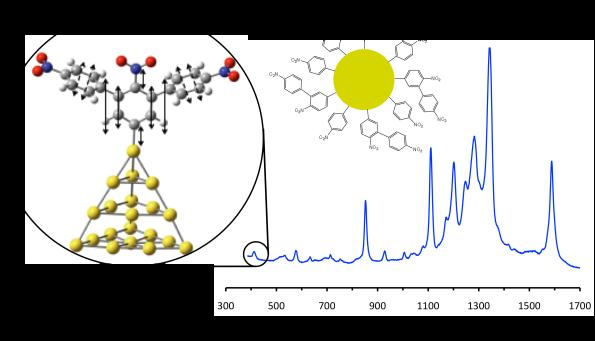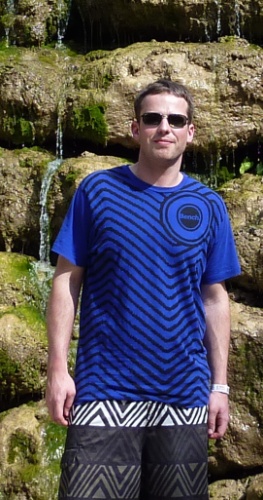Group Members
Employment-Postdoctoral Research Fellow, University of Alberta, Department of Chemistry, Edmonton, Alberta. 2012-Present.
Education-Ph.D. studies, University of Alberta, Canada, 2006- 2012.
-B.Sc., University of Alberta, Canada, 2006.
Research Project:
1) Surface modification/tailoring of Au nanoparticles using diazonium derived aryl films.
2) Integration and validation of localized surface plasmon resonance labels in bioassays.
Project Description:
1) Aryl diazonium salts are very useful for modifying surfaces: They form a strong interaction between the adlayer and the substrate, and they provide the possibility to tailor surface functional groups to suit a specific application. Our research group has many projects that utilize aryl diazonium salts to modify planar surfaces, but for the first time we extend the modification scheme to include the spontaneous adsorption of diazonium derived layers to nanoparticles. The interaction between the metal surface and the organic film is probed with surface enhanced Raman scattering (SERS) and modeled with density functional theory. Combining the two techniques, we were able to show the first direct evidence for a covalent Au-C bond in these types of films. These findings provide motivation for the use of diazonium derived films on gold nanoparticles and other metals in applications where high stability and/or strong adsorbate-substrate coupling are required.

Reference: Laurentius, L.; Stoyanov, S. R.; Gusarov, S.; Kovalenko, A.; Du, R.; Lopinski, G. P.; McDermott, M. T. Diazonium-Derived Aryl Films on Gold Nanoparticles: Evidence for a Carbon Gold Covalent Bond. ACS Nano, DOI: 10.1021/nn201110r
2) We are extending our knowledge in nanoparticle modification and bioassays to develop an immunoassay that employs metal nanoparticles (NPs) acting as plasmonic labels. A nanoparticle exhibits a phenomenon called localized surface plasmon resonance (LSPR), in which light in the visible region can be used to collectively excite conductance electrons at the metal surface. In this format, the extinction magnitude of the LSPR band is measured, analogous to a standard UV-visible spectroscopic analysis, and related to the total number of NPs present. Initial studies on the adsorption of NPs on quartz are conducted to investigate and validate the extinction measurements as a function of nanoparticle density, size, and material. The findings are then used in immunoassays to improve detection limits and sensitivity by selecting the appropriate NP size/material. Potentially, this technique may provide a simple, rugged, and cost-effective detection method for biomolecules on a single chip.

